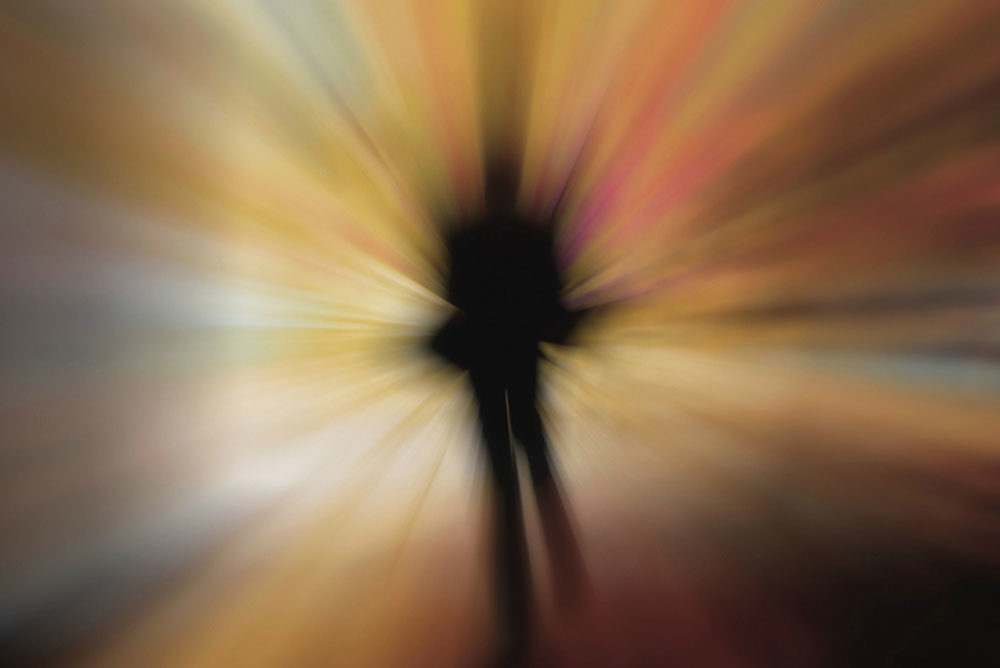
iStock
ESTHER WILLIAMS, Cary Grant and LSD is the title of the opening chapter in “aqua-musical star” Williams’s autobiography The Million Dollar Mermaid. It describes an event in the late 1950s when LSD gave her startling and life-changing insights.
The potential of psychedelics drugs for insight and other positive effects are spurring studies on LSD, psilocybin, ketamine (“special K”) and MDMA (“ecstasy”) as treatments for depression, anxiety, addiction and PTSD. Although these drugs have different effects, all work via the serotonin system—receptors, circulation, re-uptake—the same system used by many antidepressants; except ketamine, which affects the neurotransmitter glutamate.
(LSD used for “psychedelic therapy” or “trip treatment” is given in a single dose of around 75 micrograms, while psychedelic “micro-dosers,” who are aiming for greater focus and clarity, take about 10 micrograms every four days.)
During treatment, patients don headphones for music and eyeshades, and are “encouraged to go as ‘deep’ as possible into the experience,” explained UCLA psychiatrist Charles Grob, who has studied MDMA and psilocybin as well as ayahuasca. After the hallucinogenic effects wear off, patients discuss the experience with their therapist and “follow-up psychotherapy sessions facilitate lasting results,” Grob said.
After the 1960s’ surge of interest in LSD for both recreation and research, the drug became illegal, bringing most investigations to a halt. But research starting in 2011 has used advanced imaging techniques—specifically fMRI and magnetocephalography—to track blood flow and electrical activity in the brains of participants after taking LSD, ketamine and psilocybin.
During a psychedelic trip, “the normal hubs which control and regulate brain function become disrupted. There’s much greater connectivity—parts of the brain that rarely talk to each other…talk to each other,” London Imperial College psychopharmacologist David Nutt told Business Insider.
As we grow from infancy to adulthood, our brains become “more consistent and compartmentalized,” said Robin Carhart-Harris, neuroscientist at Imperial College. “Independent networks perform separate specialized functions…We may become more focused and rigid in our thinking as we mature.”
Brain activity under the influence of psychedelics is more diverse, and the brain experiences greater “connectivity and ego-dissolution, meaning the normal sense of self breaks down and is replaced by a sense of reconnection with themselves, others and the world,” Carhart-Harris said. “This experience seems to be associated with improvements in well-being after the drug’s effects have subsided.”
In one study, 20 healthy volunteers (who had all previously taken some type of psychedelic drug) each took a placebo and LSD. Under LSD, explained Carhart-Harris, “Many additional brain areas—not just the visual cortex—contributed to visual processing…suggested our volunteers were seeing things from their imagination rather than from the outside world.”
Earlier psilocybin studies at Johns Hopkins found a single session gave people a “more open personality as well as a greater appreciation of new experiences and enhanced curiosity and imagination,” according to psychiatrist Matthew Johnson, head of the Hopkins Psilocybin Research Project.
Psychedelics put “the ego out of commission by dissolving boundaries between self and the world,” according to Johnson. What he calls a “primary mystical experience” includes “a transcendence of time and space, a sense of unity and sacredness and a deeply felt positive mood” that is highly correlated with successful therapeutic outcomes.
Studies on depression in cancer patients at Johns Hopkins and New York University found 80% of patients showed clinically significant decreases in depressed mood and anxiety for as long as six months after one or two treatments involving psilocybin.
Ketamine works much more quickly and often effectively to treat chronic depression. Dr. Thomas Insel, past director of the National Institute of Mental Health, called ketamine “the most important breakthrough in antidepressant treatment in decades.”
While other psychedelics are illegal and thus difficult to obtain, ketamine is approved as an anesthesia and can be prescribed off-label for depression. Potomac Actify Neurotherapies offers series of ketamine infusions—most patients have three to five to start, with regular boosters—which take about an hour and a half and cost around $500 each, not covered by insurance.
MDMA has reduced the symptoms for sufferers of PTSD. Previously when a patient with PTSD was asked to “relive the traumatic experience they would be overwhelmed with fear, anxiety and despair,” Grob told NBC. But under MDMA, “It’s as if they can navigate the experience more safely.”
Because the drug “doesn’t encourage deep introspection,” therapy sessions “often involve much more discussion” between doctor and patient than other psychedelics, which is especially important for those suffering PTSD. With around 50% of participants in recent clinical trials PTSD-free a year after MDMA-assisted therapy, the drug is now on the fast track for FDA approval.
Esther Williams’s LSD trip at age 37 began with a call to Cary Grant after she read in Life magazine about his “psychic energizer” experience on the drug. “Cary, I’m at the end of my rope,” she told him when they met. Taking the drug under the supervision of Grant’s doctor, Williams went through peak moments of her life and understood ways in which her problems developed after the death of her older brother when she was eight, when she became determined to take on “the role of the firstborn son,” she writes. “LSD seemed like instant psychoanalysis.”
—Mary Carpenter
Every Tuesday Mary Carpenter reports on well-being, taking on topics like living longer, the dangers of heavy metals and homeopathy.
